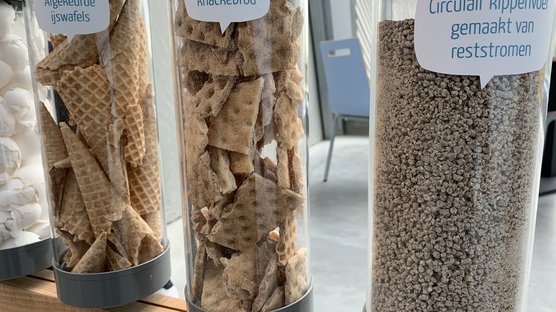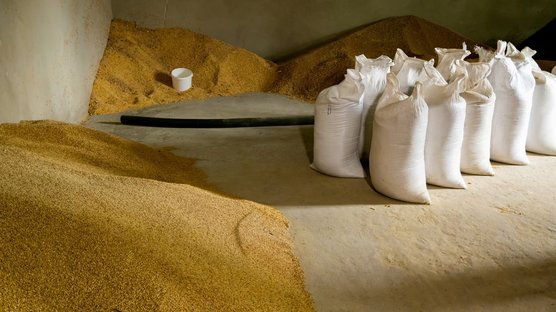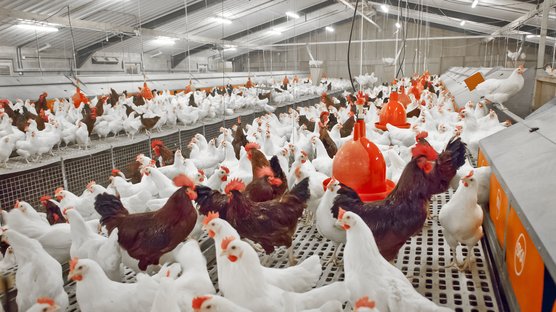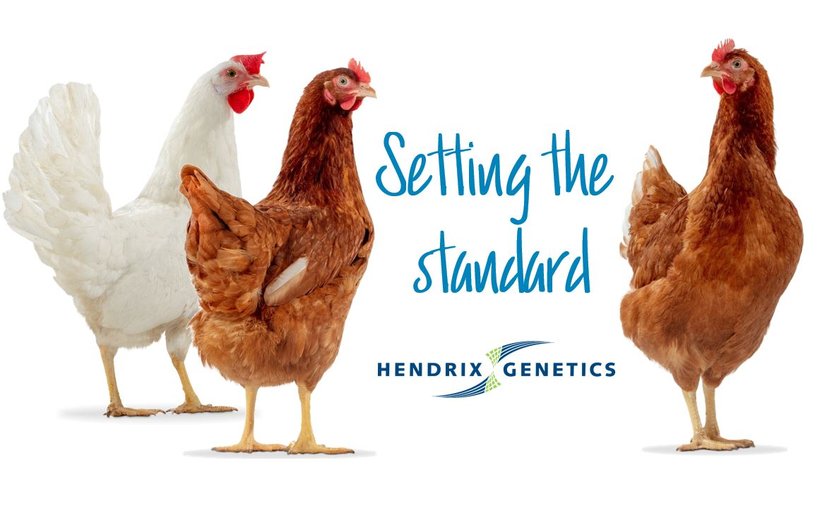
Published on June 21, 2022
Setting the standard for sustainable poultry breeding
It is no secret that different opinions exist when it is about breeding and selecting chicken breeds for egg production. The strategy of Hendrix Genetics has always been to select for the highest number of first quality eggs produced for each hen that gets housed. With a clear focus on animal welfare and sustainability.
This strategy fits perfectly with our philosophy that laying hens that can maintain their egg production at acceptable levels at older age (i.e. egg laying persistency) can only do that because their physical condition allow the hens to do so. A better condition of the laying hen is associated with better animal welfare. Better livability is the result of selecting for improved animal welfare and bird behavior. This improved livability results in more eggs for each hen housed than ever before! As we select in a balanced way, we also select on feed intake and feed conversion, and of course not to forget the quality of the eggs, both from the inside as the outside, as the egg is often the only part of the entire egg production chain that’s seen by the consumer. Many opinions exist on the definition of sustainability, but we are confident that our breeding approach results in the most sustainable egg laying chickens around the globe.
It all starts during the rearing period
Selecting the lifelong layer, i.e. a laying hen that can be kept for prolonged egg laying cycles, already starts during the rearing period. The objective is to select for chicks that develop according to the body-weight curves. Up-to 5 weeks of age, it is essential that the chicks grow quickly, as during this period the chicks invest a lot of their growth in organ, skeletal (frame), and muscle development. 17 weeks of age is another crucial period in which we are selecting the birds for their bodyweight profiles and uniformity. The reproductive tract develops around this age, as well as the medullary bone, both are essential to facilitate the production of many first quality eggs. Limiting the birds during the rearing period for feed intake is never advised. The goal of the rearing period should be opposite, it is key to apply feed strategies via which the pullets can develop a good appetite that will improve the crop development. The rearing period of laying hens should be seen as an investment for later life performance, not just as an expense.

The rearing period is key when keeping parent stock or layer flocks
It is all about timing, the onset of lay
Rearing, egg production, or chicken breeding, it is all about timing. Making sure you implement the right management practices at the right moment or measuring traits and selecting birds based on these traits at the right time, timing is key. The onset of lay can vary among flocks and is highly dependent on the breed (genetics) and on the management during the rearing period. Choice of genetic breed, feed management and lighting programs have a direct impact on the onset of lay. As a breeding company we aim that the chicks have sufficient time to develop well during the rearing period. Overall, the onset of lay should not become before 17 weeks of age, as it is well known that birds that come into lay too early, will have more difficulties to maintain egg laying persistency at older age. We are even delaying some of our chicken breeds with a few days, to safeguard that they have sufficient time to prepare themselves for a more productive and persistent live at the poultry farm. Pushing too hard for early onset of lay with for example lighting programs will have a negative effect on the pullet bodyweight and uniformity. Resulting in less uniform producing flocks, and birds that can deal with less stress-events during their productive life, as you are pushing them to their limits. Especially with cage-free housing systems it is advised to focus on robust pullet development, as this will result in robust results of the flock.
More eggs, higher total egg mass, better feed efficiency
More eggs produced per hen housed, will quickly result in higher egg mass per hen housed. This is also true for the chicken breeds that produce on average eggs with a smaller egg size. Therefore, it is important to remember: 1 egg less produced per hen housed is the equivalent to more than 60 days of egg production with a 1-gram difference between breeds! Selecting for more eggs per hen housed quickly becomes beneficial to egg producers, even when their chicken breeds are producing somewhat smaller eggs. Managing your flock towards egg laying persistency and choosing the more persistent chicken breeds will quickly help to add up in the total egg mass produced per hen housed. So, whether you are selling your eggs by piece, or by mass, choosing the right genetics will make money to your business. In our breeding program we select laying hens that produce more eggs, but that can keep their feed intake constant. Higher egg mass output, combined with flat feed intake curves, result in more efficient laying hens, as the feed required to produce an egg will drop. When keeping flocks longer productive, the feed efficiency of the flock is improved as the feed cost of the rearing period can be diluted over more eggs produced during the longer lifetime of the laying hens.
Focus on livability
Mortality not only comes at a big cost, but also has its impact on the motivation and mood of egg producers. Not a single egg producer likes it to collect and remove dead chickens from their barns. Our breeding mission is clear: to select against mortality, or vice versa, to select for improved livability. Despite the given that we are dealing with low heritable traits we have clearly made fantastic progress during the past decades of selecting our laying hen breeds. Selection for livability is clearly reflected in the breeding goal, as we have based our entire selection program on the results per hen housed. Everything is calculated back to the initial number of chicks placed (rearing period), or hens housed (production period). As they come at a high expense for pullet growers and egg producers, it is key to focus on the chicks, the laying hens, and their overall wellbeing.
It is about quality that counts
Breeding for the highest amount of first quality eggs per hen housed is key in our breeding program. Quality hens are key when it is about producing the best quality eggs. Next to breeding for robust laying hens of good quality, intensive selection is being made on egg quality, both internal and external. We should never forget that in the end, it is only the egg that the consumer encounters. Eggs often need to travel quite some time before they end up on the consumers’ plate. Selecting for eggs that maintain their quality all the way till the end is there for essential. Recent innovations and developments in egg phenotyping have resulted in more accurate data that is being used in the selection of laying hens for future generations. This improved data allows for more genetic progress in egg quality, as it is quality that counts!
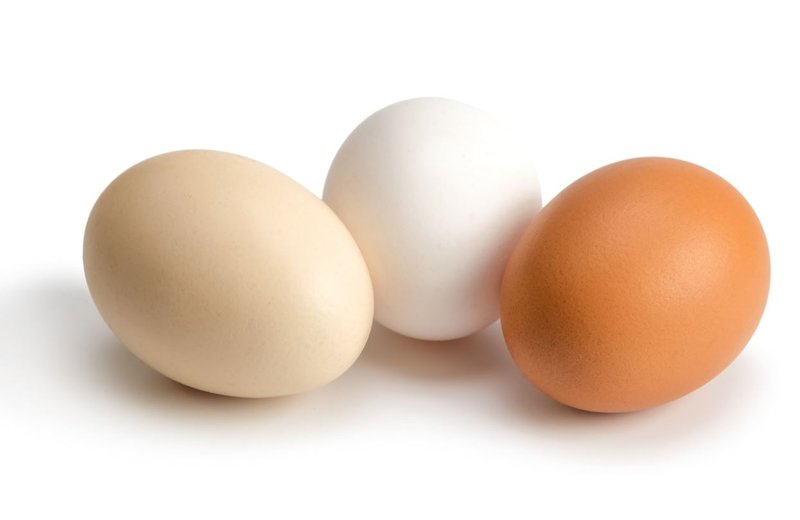
Flattening the curve
Selection for better egg laying persistency, improved chicken livability, or more persistent egg quality, it is all about flattening the curves, to prevent them from going down too quickly. In the breeding program we monitor the performance of the individual selection candidates and their offspring on a continuous level. This will allow us to have the full overview of performance and enable us to identify the best chickens with the optimal curves. By selecting these laying hens, we create a solid base for the future generations of laying hens.
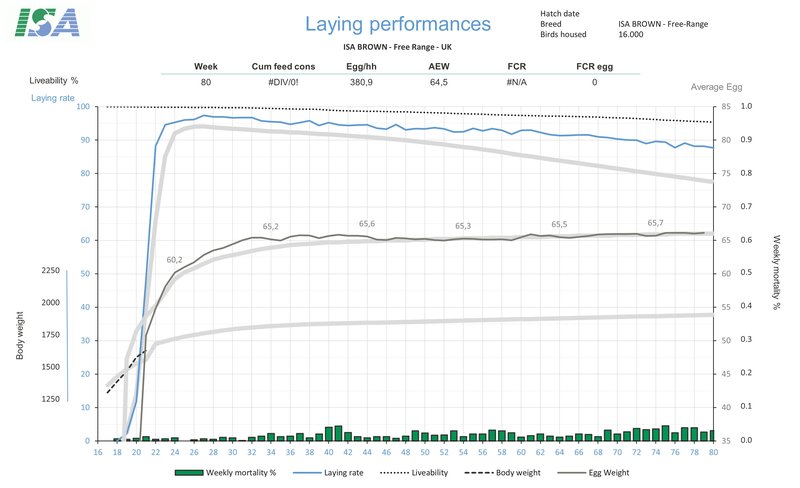
Flat curves in a Free-range flock of ISA Brown in the United Kingdom
To conclude
Breeding laying hens is not about the focus on one specific trait. It is about finding the perfect balance between all the different traits that impact the wellbeing of the laying hens, and the profitability of egg producers around the globe. We have the trust that our strategy to improve the will fit with the needs from small scale egg producers all the way up to large integrators, and that our layer breeds will clearly bring added value to every egg producer around the globe. Selecting for a higher number of first quality eggs produced per hen housed will contribute to healthier laying hens, that are more robust and that can produce more first quality eggs during their productive lifetime. The production of more first quality eggs will quickly result in more egg mass per hen housed, even when certain breeds have smaller egg size profiles. The higher total egg mass for each hen housed, combined with the sharp feed intake results in better feed conversion throughout the laying cycle. Overall, our breeding efforts result in premium performance of our layer breeds, resulting in success for egg producers around the globe!

